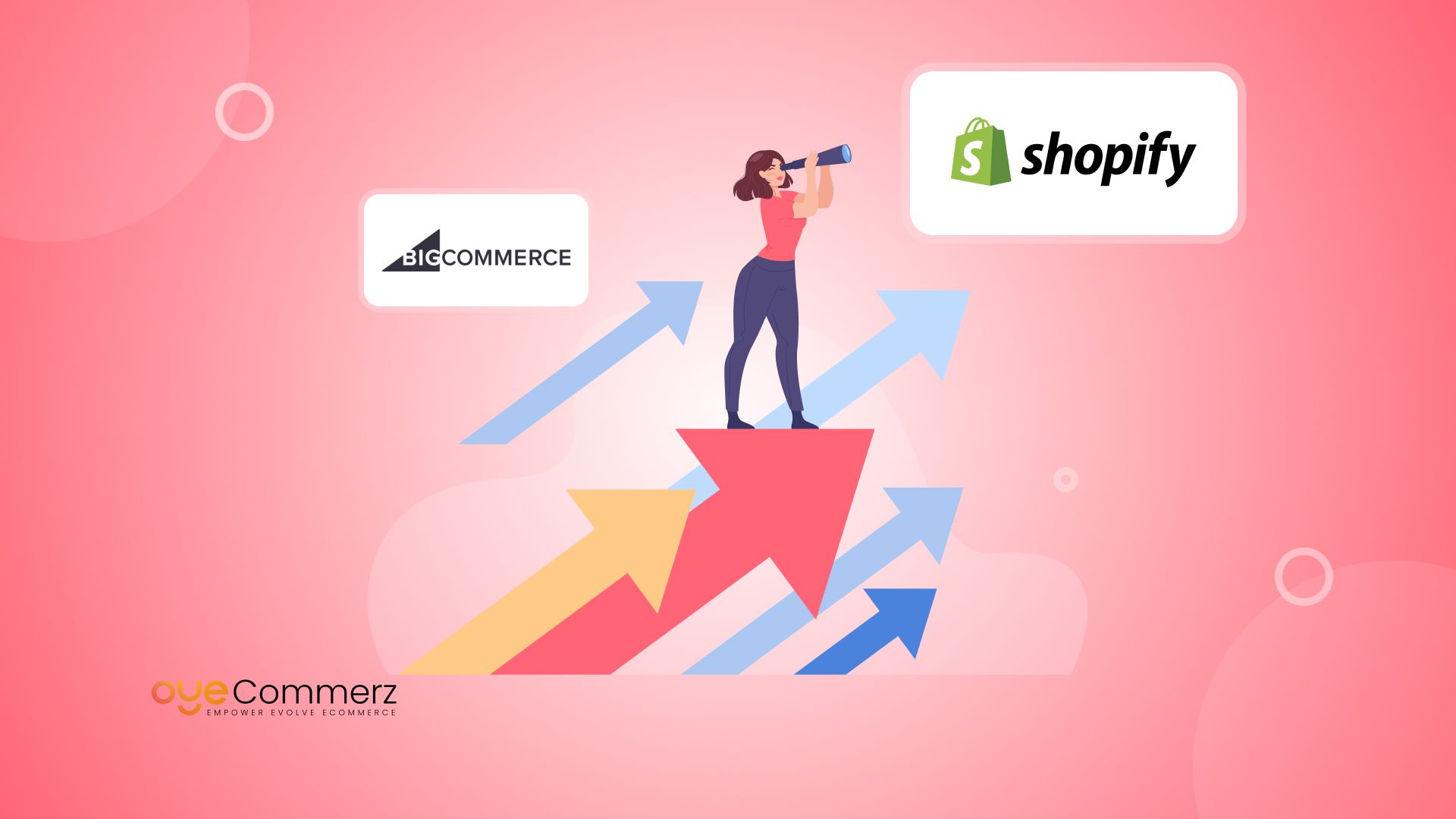Shifting from WordPress to Shopify is an promising step toward optimizing your e-commerce processes. As businesses expand, selecting a solution that supports growth potential, UX, and customization is essential. Shopify has emerged as a preferred choice for e-commerce professionals, offering superior adaptability, security, and user-friendliness. In this guide, we’ll explore the transformative impact of this migration, highlight the benefits, and share practical tips to ensure a seamless move.
1. Top Reasons to Transition from WordPress to Shopify
The combination of WordPress and WooCommerce, continues to support countless online stores. Nevertheless, as businesses scale, issues like plugin dependency, security vulnerabilities, and technical complexities can hinder progress. Shopify, designed explicitly for digital retail, eliminates these concerns with an comprehensive, intuitive solution. Real data supports this shift—Shopify hosts over 4.4 million websites globally, with a reported 10% boost to sales performance for numerous merchants post-switch.
2. Key Benefits of Shopify for E-commerce Success
Shopify’s robust ecosystem is tailored for expanding businesses. Its notable features are:
- Effortless Design Flexibility: Shopify provides over 80 expertly crafted themes.
- Built-in Features: Capabilities such as Shopify Payments and built-in SEO streamline operations.
- International Expansion: Currency versatility and regional customization empower businesses to expand internationally.
Additionally, Shopify boasts an uptime rate of 99.98%, guaranteeing your store is always operational.
3. Preparing for WordPress to Shopify Migration
Prior to starting the migration process, evaluate your current store. Analyze inventory details, client information, and search engine rankings. Tools like Shopify’s Migration Kit or external tools help ease the transition. Develop a comprehensive plan, making sure all resources—product descriptions, images, and blog content—are optimized for transfer.
4. Data Migration: A Critical Step
Data migration forms the foundation for a smooth platform switch. When migrating from WordPress to Shopify, focus on:
- Inventory Details: SKU, item summaries, and groupings.
- Customer Data: Emails, purchase records, and custom fields.
- Search Engine Considerations: Retain meta tags, URLs, and redirects to avoid SEO losses.
Use tools such as LitExtension to streamline data transfer while reducing mistakes.
5. Customizing Your Shopify Store
Post-migration, personalizing your Shopify store helps it aligns with your brand. Take advantage of Shopify’s intuitive page builder to create layouts with ease. Shopify's templates are optimized for all devices, providing a smooth UX across devices—a key point, given 74% of e-commerce traffic comes from mobile users.
6. How to Protect Your SEO Rankings When Switching Platforms
SEO is vital for preserving your visibility during migration. Shopify excels in SEO with clean URL structures, preloaded features, and smooth content management. Ensure:
- Set up URL forwarding for old URLs.
- Enhance updated content with keyword-rich content.
- Use Shopify's apps Plug in SEO to monitor performance post-migration.
7. Post-Migration Testing
After finishing the transfer, run detailed checks.
Check: - Page load times (Shopify boasts faster speeds compared to WordPress).
- Functionality of payment gateways and transaction flow.
- Adaptability across devices.
Testing ensures your store delivers a seamless shopping experience from day one.
8. Real-Life Success Story
One such migration success story is Gymshark, a fitness apparel brand that transitioned to Shopify. Post-migration, the company experienced a 60% boost in mobile sales and significantly lowered site downtime. This highlights the potential of Shopify in driving online business success.
9. Challenges and Solutions
Migration is not without obstacles, such as data integrity and reconfiguring custom functionalities. However, Shopify’s extensive assistance and external professionals simplify the process. Collaborating with qualified Shopify developers helps guarantee a smooth transition.
10. Starting Your Journey with Shopify
Migrating from WP to Shopify represents a strategic approach Shopify store optimization to online retail. By focusing on growth, streamlining operations, and enhancing the customer experience, Shopify enables companies to thrive in competitive markets.
Conclusion
Transitioning from WordPress to Shopify is a strategic move that can significantly boost your online business performance. With a well-structured strategy, the appropriate resources, and professional guidance, you can achieve new growth opportunities. Migrate from WordPress to Shopify
Ready to make the leap? Reach out today to learn how our Shopify migration services can transform your online store. Get in touch today, or ask yourself: Is it time to seize Shopify’s advantages for your store?
